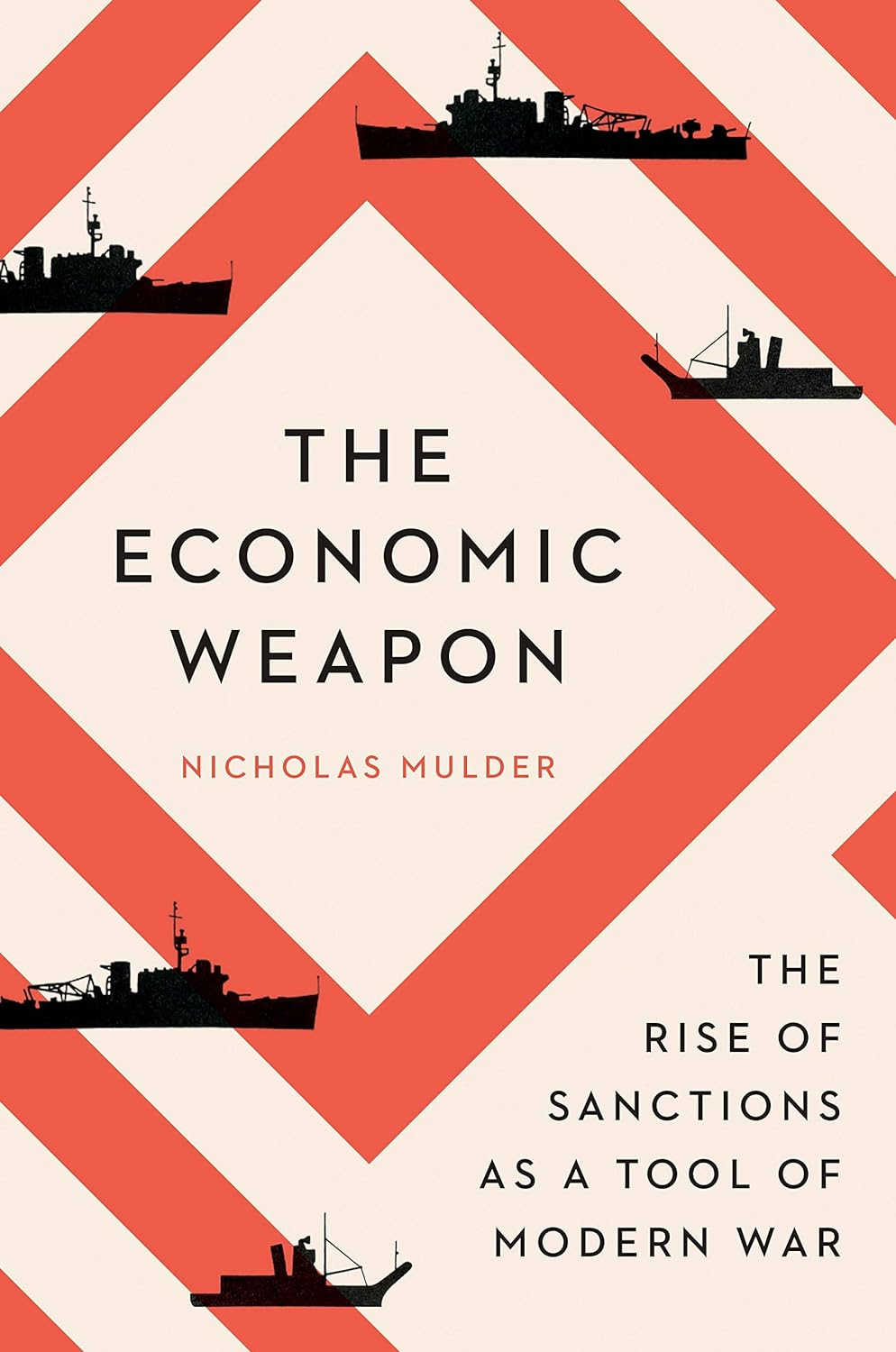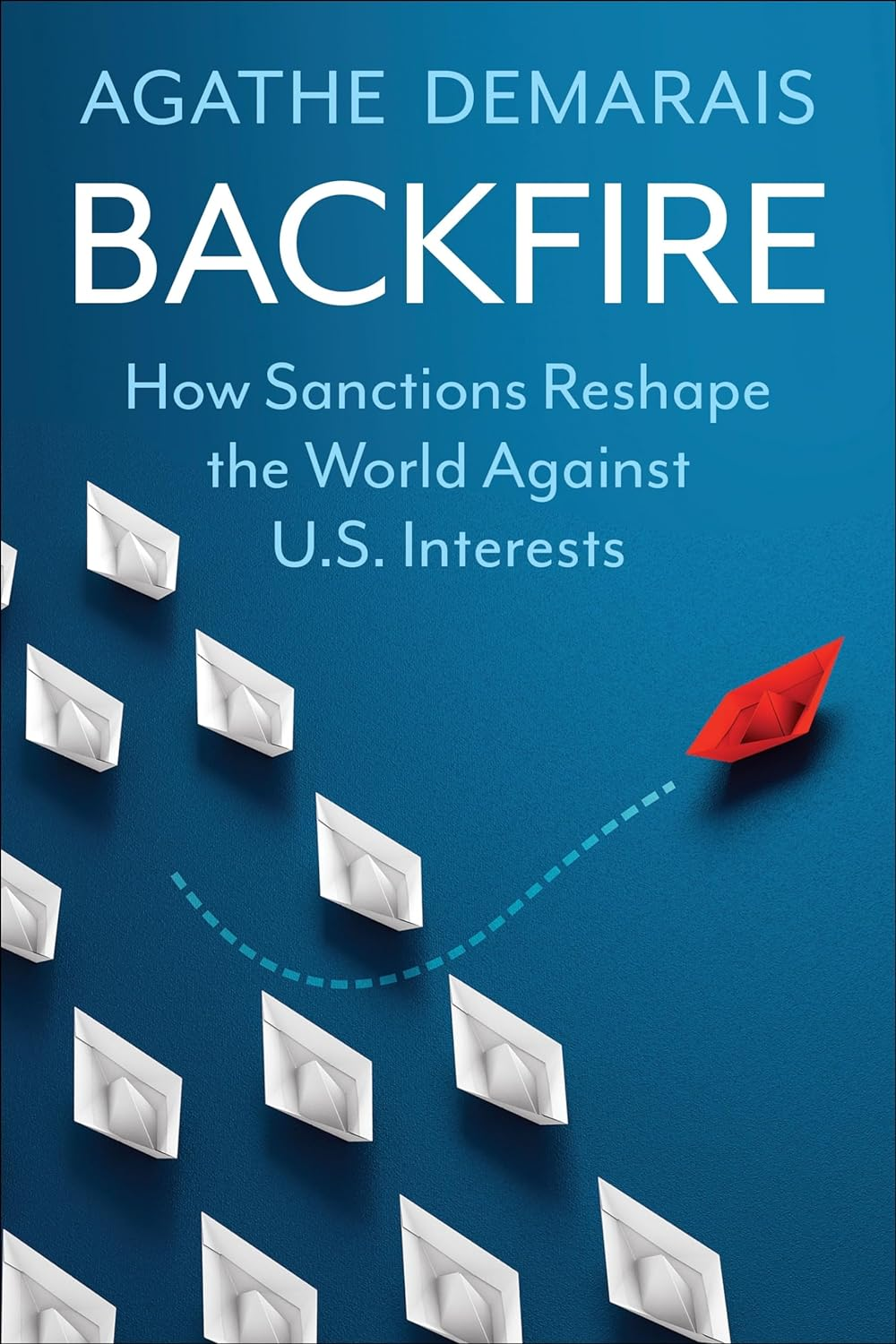“Today, economic sanctions are generally regarded as an alternative to war,” writes Nicholas Mulder in his new history of sanctions, The Economic Weapon, “but for most people in the interwar period, the economic weapon was the very essence of total war.” Economic sanctions were, in effect, the atomic bomb of their day. So while some argue that the League of Nations failed because it didn’t have any enforcement mechanism, no standing army, Mulder argues that it might have had a weapon that was simply too powerful. After the Great War, countries like Germany, Italy, and Japan undertook concerted, deliberate efforts to protect themselves from sanctions. Nationalism and autarky were in part born of a desire to blockade-proof their economies, reshaping the world away from the globalized, imperial trade arrangements that made the initial blockade so effective.
Sanctions became the go-to weapon of war for the next century, dramatically increasing in use, their devastation continuing. In 1990, one day before the beginning of Operation Desert Shield, in which the United States intervened in Saddam Hussein’s attempt to annex Kuwait, the United Nations placed sanctions on Iraq that cut off the flow of food and medical supplies. Malnutrition swept the country, infant deaths soared, and once-vanquished diseases like malaria, typhoid, and tuberculosis resurfaced. Iraqi public opinion of the West soured quickly. Several thousand children died as a result of the sanctions.
Did those sanctions work? Do sanctions work? Surprisingly, as Agathe Demarais argues in her new book, Backfire: How Sanctions Reshape the World Against U.S. Interests, the answer is a resounding no. A study of U.S. sanctions between 1970 and 1990 found that the sanctioned countries only changed their ways 13 percent of the time. The Government Accountability Office reported in 2019 that the U.S. government does not track whether sanctions meet U.S. policy goals, meaning that there is little oversight or accountability as to their use. “There is little evidence that sanctions are as effective as policy makers would like,” Demarais writes. “In fact, history shows that most of the time, nations resist and sanctions fail.”
As a journalist who follows economic policy, I have to admit I was shocked by how definitive both Demarais and Mulder are about the harm-to-futility ratio of sanctions. My perception of them was that they are levied almost constantly by the United States against rogue nations. And indeed this is true: From 2017 to 2020, the Trump administration put more than 3,900 entities under sanctions, three per day. Former Treasury Secretary Steve Mnuchin bragged that he likely spent half his time implementing sanctions. When Russia invaded Ukraine in 2022, the Biden administration outdid the previous administration in per-day rate by sanctioning 1,000 Russian-linked individuals, businesses, and financial institutions in two months. It’s still not clear whether this has influenced state actions toward U.S. goals.

